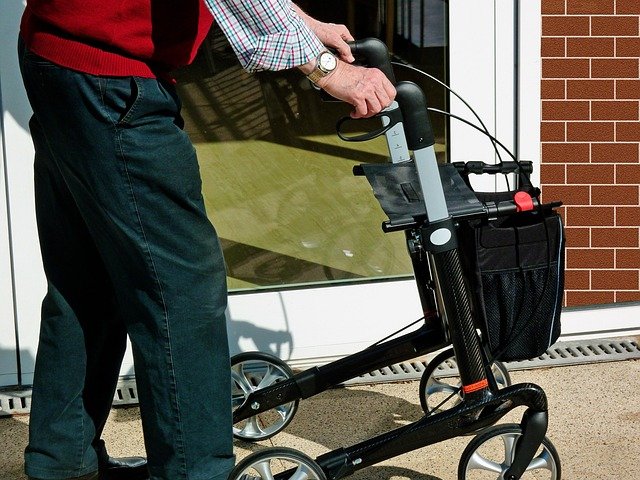A Practical Guide to Choosing the Right Mobility Device for Seniors
As seniors age, maintaining independence and mobility becomes increasingly important for their quality of life. Selecting the right mobility device can significantly impact daily activities, safety, and overall well-being. This comprehensive guide will help you understand the various options available and make an informed decision based on specific needs and circumstances.

Understanding Different Types of Mobility Devices
Mobility devices come in several categories, each serving different needs and mobility levels. Canes provide basic support and are ideal for those who need minimal assistance with balance. Walkers offer more stability and come in standard, folding, and wheeled varieties. Rollators, which are walkers with wheels, seats, and baskets, provide enhanced mobility and convenience. For those requiring more substantial support, wheelchairs and power scooters offer complete mobility solutions.
Assessing Individual Mobility Needs
Before selecting a mobility device, it’s essential to evaluate several factors:
-
Current mobility level and physical capabilities
-
The primary environment where the device will be used
-
Upper body strength and balance
-
Any specific medical conditions or limitations
-
Daily activities and lifestyle requirements
-
Available storage space at home and during transport
Key Features to Consider When Selecting a Device
The success of a mobility device depends largely on its features matching the user’s needs:
-
Weight capacity and device weight
-
Adjustability options for height and handles
-
Foldability and portability
-
Wheel size and maneuverability
-
Braking system effectiveness
-
Storage capabilities
-
Battery life (for powered devices)
Comparing Common Mobility Device Options
| Device Type | Best For | Average Cost Range | Key Features |
|---|---|---|---|
| Standard Cane | Minor balance issues | $15-50 | Lightweight, portable |
| Walker | Moderate stability needs | $50-200 | Foldable, adjustable height |
| Rollator | Active users needing rest breaks | $100-400 | Seat, storage basket, wheels |
| Transport Wheelchair | Limited mobility, with caregiver | $150-500 | Lightweight, foldable |
| Power Scooter | Independent users with limited walking ability | $800-3,500 | Battery-powered, extended range |
Prices, rates, or cost estimates mentioned in this article are based on the latest available information but may change over time. Independent research is advised before making financial decisions.
Safety Considerations and Proper Usage
Proper usage is crucial for safety and effectiveness. Consider these factors:
-
Get professional fitting and training when possible
-
Ensure proper maintenance and regular safety checks
-
Check weight limits and adhere to them strictly
-
Understand proper posture and positioning
-
Learn about necessary accessories for enhanced safety
-
Practice using the device in a safe environment before regular use
Making the Final Decision
The best mobility device choice comes from careful consideration of all factors and often benefits from professional input. Consult with healthcare providers, physical therapists, or occupational therapists who can evaluate specific needs and make appropriate recommendations. Many medical supply companies also offer trial periods, allowing users to test devices before making a final decision.
This article is for informational purposes only and should not be considered medical advice. Please consult a qualified healthcare professional for personalized guidance and treatment.




